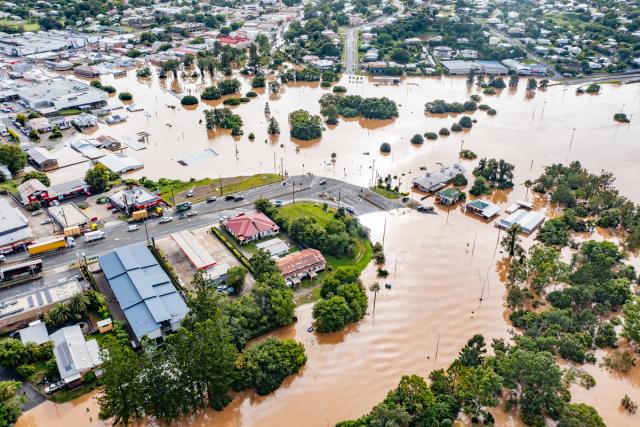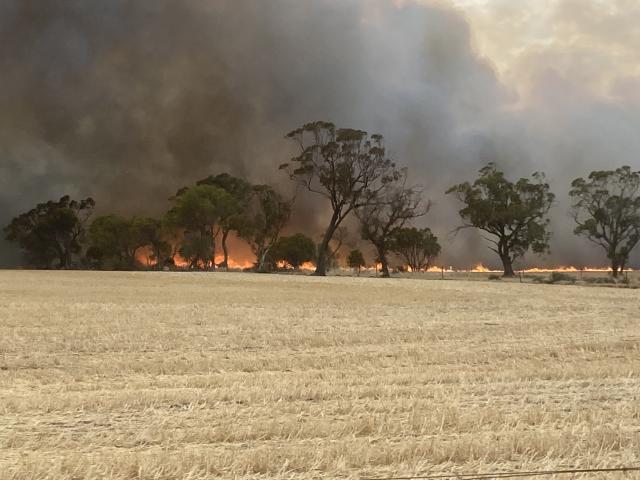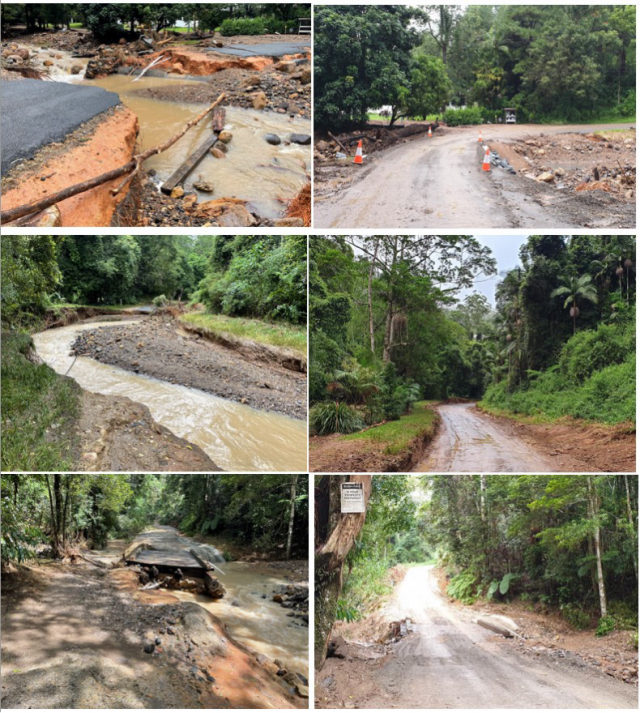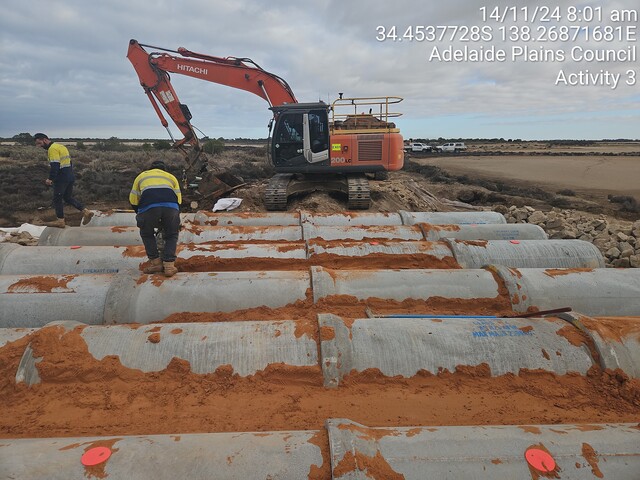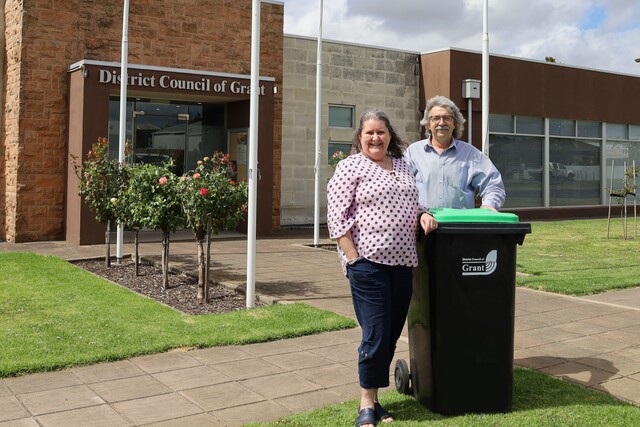Australians can’t afford a lack of action from the next Federal Government on disaster mitigation according to the Australian Local Government Association (ALGA).
ALGA President Linda Scott said natural disasters currently cost Australia $38 billion a year, and are forecast to rise to as much as $94 billion by 2060.
The February/March floods in South-east Queensland and coastal NSW look set to become Australia’s single costliest flood event.
The Insurance Council of Australia (ICA) said that based on 197,000 claims filed across both states, the event will rack up $3.35 billion in insured losses.
This makes it the most expensive flood in Australia’s history, and the fifth most costly disaster after the Eastern Sydney hailstorm (1999, $5.57 billion in normalised 2017 values), Cyclone Tracey (1974, $5.04 billion), Cyclone Dinah (1967, $4.69 billion) and the Newcastle earthquake (1989, $4.24 billion).
The rise in claims costs compared to previous floods is being driven by higher costs in the personal property, personal contents and commercial property classes related to materials costs and supply chain issues.
“We know we can’t completely avoid future disaster events, but we can better protect our communities from their impacts,” Cr Scott said.
“It’s clear that our country is failing to plan for natural disasters and our communities are paying the price.”
“This year’s Federal Budget included approximately $6 billion for disaster recovery but minimal funding to protect against future fires and floods.
“Way back in 2014 the Productivity Commission recommended that the Commonwealth invest $200 million a year in disaster mitigation.
“It’s astounding that our communities are still waiting on disaster mitigation funding eight years later.
“Councils are asking the next Federal Government to accept the Productivity Commission’s recommendation and invest $200 million per year in a new disaster mitigation fund that would help us protect our communities against future disaster events.”
Cr Scott said local government was also seeking a new four-year $200 million Local Government Climate Response Partnership Fund that would support councils to reduce carbon emissions at a community level.
“From supporting residents to install solar panels to building their own renewable energy plants, councils are leading the way in reducing emissions,” Cr Scott said.
“With funding to roll out more of these projects, we could help deliver on Australia’s national emissions targets, while protecting our communities from increasingly frequent and severe natural disasters.”
ALGA’s full list of Federal Election disaster mitigation, disaster recovery and climate change priorities includes:
• $200 million per year for a new targeted disaster mitigation fund;
• $200 million over four years for a new Local Government Climate Response Partnership Fund;
• A commitment to ensuring betterment funding as a core element of Disaster Recovery Funding Arrangements; and
• A commitment to including local government and community infrastructure under Disaster Recovery Funding Arrangements.
These priorities have been independently assessed, and if funded would create 2,350 new jobs and add $353 million per year to Australia’s Gross Domestic Product.
More than 11 percent of claims from this year’s floods have already been closed and $580 million has already been paid to policyholders.
The ICA says the data makes the case for investment in mitigation measures to lessen the impact of future events “even more compelling”.
The council has also released a new report focussing on the need to overhaul current land-use planning rules so they better protect homeowners and businesses from the worsening flood risk.

